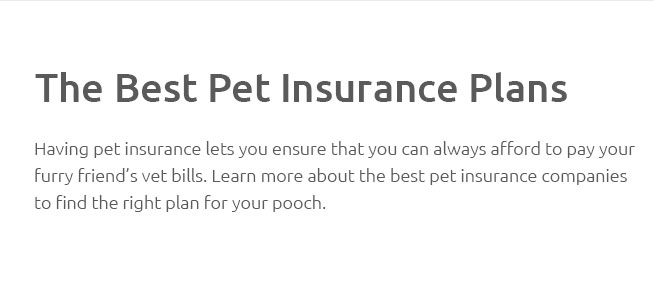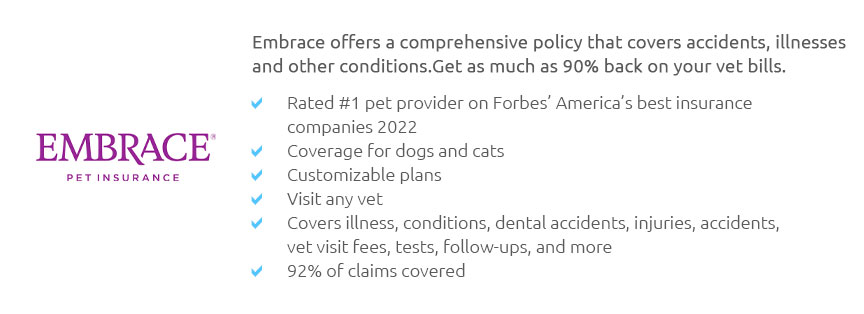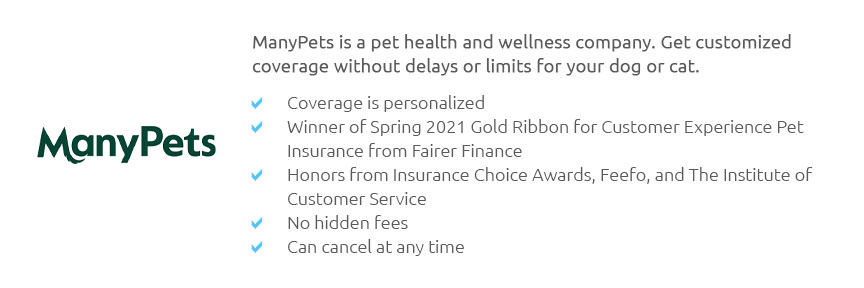 |
 |
 |
 |
 |
 |
|
 |
|
 |
|
 |
|
 |
|
 |
 |
 |
 |
 |
 |
 |
 |
Exploring Cheap Pet Insurance with No Excess: A Comprehensive GuideIn today's world, pet ownership has become increasingly common, and with it comes the responsibility of ensuring the health and well-being of our furry companions. As veterinary costs continue to rise, many pet owners find themselves seeking affordable solutions to mitigate these expenses. Enter cheap pet insurance with no excess, a topic that has garnered significant interest among pet owners looking for comprehensive yet cost-effective coverage. Understanding Pet Insurance Basics Pet insurance operates much like human health insurance. It typically covers unexpected veterinary costs, providing peace of mind to pet owners. However, not all insurance plans are created equal, and one distinguishing factor is the excess fee. An excess is an amount that policyholders are required to pay out of pocket when making a claim, often acting as a deterrent to frequent small claims. This is where no excess pet insurance comes into play, offering an attractive option for those seeking straightforward coverage without hidden costs. Why Choose No Excess Insurance? The appeal of no excess insurance is simple: it allows pet owners to claim on their policy without having to worry about additional expenses each time. For those who have pets prone to illness or accidents, this can translate into substantial savings. Moreover, it simplifies the claims process, as policyholders can focus solely on the insured amount without calculating additional payments. Cost Considerations While no excess insurance sounds ideal, it’s essential to consider the cost implications. Typically, premiums for no excess policies tend to be higher than those with an excess. This is because insurers account for the increased likelihood of policyholders making claims. Therefore, when evaluating these policies, it’s crucial to weigh the potential savings on excess fees against the overall increase in premium costs. For many, the simplicity and predictability of no excess plans justify the higher premiums. Key Features to Look For When exploring cheap pet insurance options with no excess, there are several features to consider ensuring comprehensive coverage. First, examine the range of illnesses and accidents covered. Some policies might exclude specific conditions or breed-specific ailments. Additionally, check the annual limit of coverage, as lower-cost policies might impose stricter caps on payouts. Another critical aspect is the waiting period before the coverage kicks in. Policies with shorter waiting periods are generally more desirable, allowing you to utilize the insurance benefits sooner. Lastly, consider the insurer’s reputation and customer service. Reading reviews and testimonials can provide insight into how the company handles claims and customer interactions. Practical Steps to Secure the Best Deal
Conclusion Ultimately, securing cheap pet insurance with no excess requires balancing premium costs with the benefits of hassle-free claims. By doing diligent research and considering your pet’s specific needs, you can find a policy that offers peace of mind without breaking the bank. As with any insurance decision, the key lies in understanding your options and making informed choices. Frequently Asked QuestionsWhat is the main advantage of no excess pet insurance?The primary advantage is that it eliminates out-of-pocket expenses for each claim, simplifying the process and potentially saving money for pets requiring frequent veterinary care. Are there any downsides to choosing no excess insurance?The main downside is typically higher premiums compared to policies with an excess. It's crucial to assess whether the convenience and potential savings outweigh the increased cost. How can I ensure I’m getting the best value for my pet insurance?To get the best value, compare multiple policies, read reviews, and consider both coverage specifics and the insurer's reputation. Negotiating directly with providers might also yield better deals. Does no excess insurance cover pre-existing conditions?Most pet insurance policies, including no excess options, do not cover pre-existing conditions. It's important to clarify this with the insurer before purchasing a policy. https://www.forbes.com/advisor/pet-insurance/pet-insurance-that-pays-vet-directly/
Vet direct pay may not be the cheapest option. I don't recommend choosing a pet insurance company based solely on its ability to pay ... https://www.napo.pet/low-excess
This is where you won't have to pay an excess charge when you make a claim. However, having no excess charge doesn't always mean the insurance is cheaper.
|